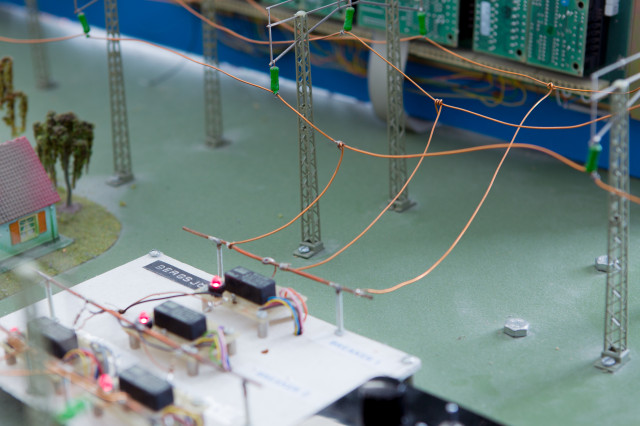This course teaches adaptive signal processing algorithms for extracting information from noisy signals. The emphasis is on recursive, model based estimation methods for signals and systems whose properties change in time. Applications in, for example, communications, control and medicine are covered.
The course presents the fundamentals of adaptive signal processing; mean-square estimation, Wiener filters. Introduction to adaptive filter structures and the least squares method. State space models and optimal (Kalman) filtering. Stochastic gradient, LMS (least mean squares), and RLS (recursive least squares) methods. Analysis of adaptive algorithms: Learning curves, convergence, stability, excess mean square error, mis-adjustment. Extensions of LMS and RLS.
